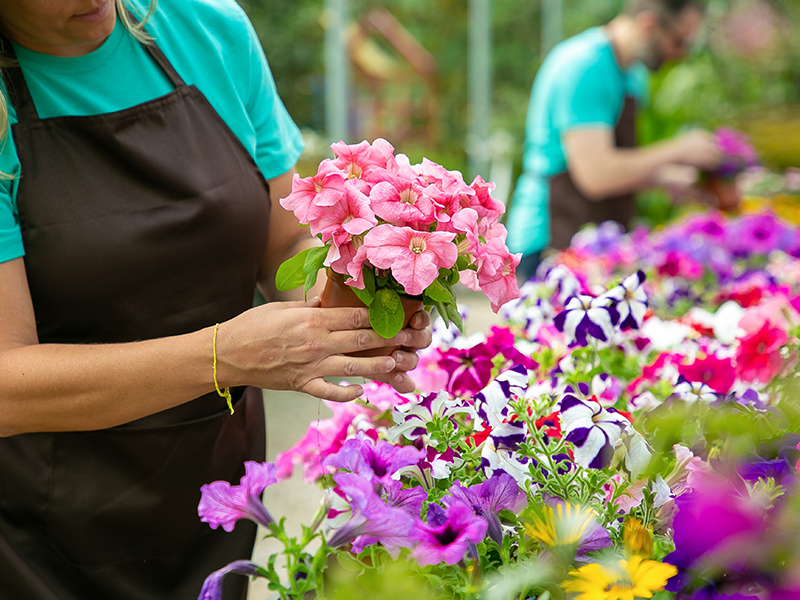
Landscaping Tidbits - September
Fall Color
Now is the time to begin planning your next seasonal color installation. Most growers and garden centers will begin to receive many varieties of wonderful new bedding plants. Prior to installation take time to prepare your beds for the new installation to protect your investment. Ensure that the target planting soil area is elevated at least 4” – 6” above the rest of the bed area, this will help with drainage and aid in root development of the tender new plants! Mixing in a slow release fertilizer, specific for blooming color plants, will go a long way toward a beautiful result.
Turf Winterization
If you plan to do this use a low Nitrogen type fertilizer. Nitrogen promotes leaf growth and adds to the likelihood of Brown Patch. A higher Potassium & Phosphorous count is what is desirable. This will promote stolen and root growth adding to the turfs’ density. This aids in weed control and a quicker bounce back in the spring. FALL MULCH - This may be a good time to reapply a nice 2” layer of shredded hardwood mulch. This not only adds to the curb appeal we all desire, it helps with weed control, water retention – resulting in less frequent watering and nutrition value to the plants as the mulch decomposes.
Water Applications
Another consideration is reducing watering run times as well as frequencies. As soil temperatures are falling that increases the chances of contracting fungus in the turf. Don’t water to the point of run-off, instead use a cycle and soak program to avoid over or deep watering. Allow the turf to dry out, almost to the point of leaf curl, then water again.
Turf Herbicide Treatment
With the slightly cooler temperatures we will hopefully experience it is a good time to apply a post-emergent broadleaf weed control. A blanket application is good if you have active growing weeds throughout. Only spot spray to target random weeds if they are present here and there, this will save time and money!
TREE MAINTENANCE - Hurricane season is still with us through November 30th. Trees sustain the most damage of all landscape plants in these conditions. You can reduce the “wind sail” effect with proper pruning techniques. Any deadwood and cross branching should be removed. If the entire canopy is thinned out in this way wind passes through more easily reducing chances of damage. This also improves overall tree health and allows more sunlight to under story plants.







